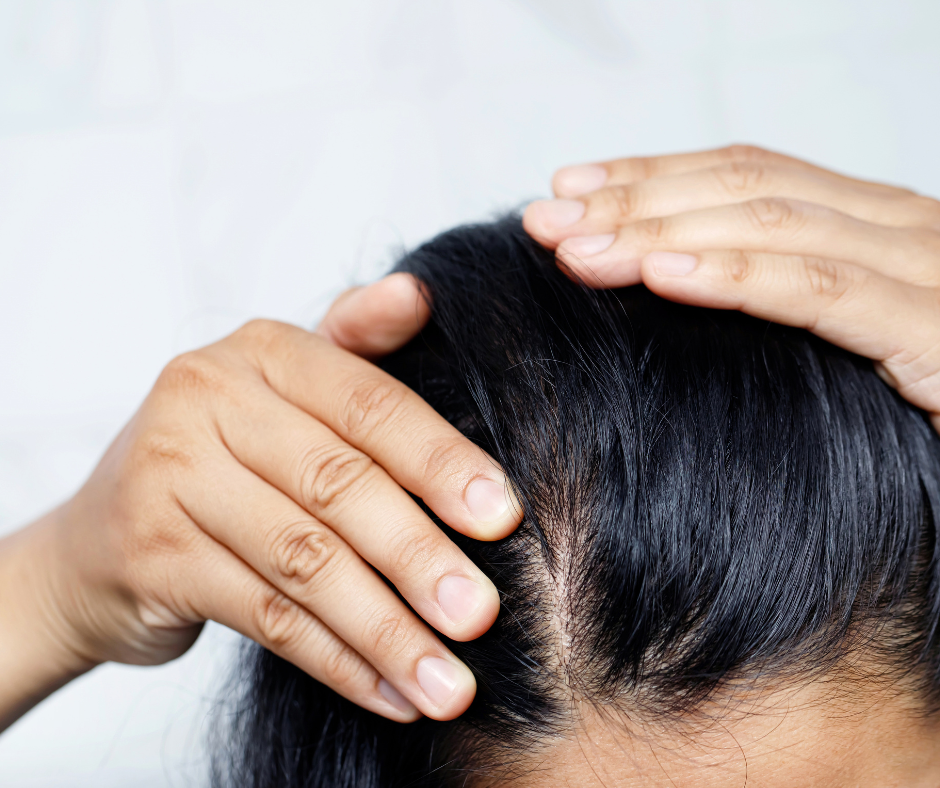October marks Menopause Month, with October 18 recognized as World Menopause Day.
In 2025, the International Menopause Society (IMS) has highlighted the theme of lifestyle medicine, a timely reminder of how everyday choices can shape health and well-being during the menopause transition.
Remember, menopause is not a disease. But is true that the hormonal changes it entails can make many people feel pretty lousy by increasing risks for hot flashes, sleep difficulties, bone loss, cardiovascular concerns, weight changes, and mood shifts, among other things.
There is a *lot* of talk about menopause hormone therapy these days. Our understanding of benefits and risks has changed and matured since the fear-inducing Women’s Health Initiative study from the early 2000s. Hormone therapy today looks different in many ways and can play a foundational role in a person’s menopause transition. Unfortunately, it can also seem that without hormone therapy, someone is destined not only to suffer, but to be wholly unsupported at this time. That is simply not true, and this is where lifestyle strategies become especially important.
Lifestyle medicine provides a foundation of non-pharmacologic strategies that not only reduce symptoms but also lower long-term risks.
Six pillars of lifestyle medicine stand out for this stage of life
Nutrition:
Healthy eating patterns such as the Mediterranean or DASH diets support cardiovascular, metabolic, mood, and bone health.
- Plant forward (prefential consumption of plant-based foods)
- Reduced intake of red and processed meat
- Reduced intake of added sugars
Diets rich in fruits and vegetables may reduce vasomotor symptoms.
Adequate calcium and vitamin D intake; supplementation often required
- Calcium: 700-1200 mg
- Vitamin D: 400-600 IU minimum, 800-1000 IU more likely (especially in Canada)
- note: identified vitamin D deficiency likely requires higher doses short-term
Physical activity:
Reduced physical activity is commonly seen throughout the menopause transition and contributes to central adiposity, among other things. Intentional activity can help mitigate it as well as improve sleep, reduce vasomotor symptoms, and strengthen both heart and bones. Given the particular impact hormonal changes exert on the body at this time, increasing aerobic exercise from current baseline is likely needed to see best results.
Aim for 150 to 300 minutes of moderate aerobic exercise weekly along with resistance training twice weekly.
Multi-component exercises combining both (such as high-intensity-interval training) may be a more “convenient” way of achieving this for some.
Stress:
This midlife time can feel like being in the middle of a Venn diagram with all the things overlapping at once to overwhelm us. Life events, work changes, caring for children and parents (and sometimes spouses) layered on the physical, metabolic and psychological changes inherent to the menopause transition can be … a lot.
Using stress management techniques such as mindfulness, relaxation exercises, or CBT helps reduce symptom intensity. This stress reduction may also reduce physical symptoms including vasomotor ones. Harness the power and convenience of your wearable trackers or online apps to find approaches that resonate with you.
Avoiding risky stuff:
The number of substance-using of women is generally increasing, and problem awareness and treatment approaches are notoriously male-centric. There is tentative data showing that greater use of things like alcohol may be precipitated by uncomfortable menopausal symptoms while making those symptoms worse at the same time.
Smoking cessation is an important consideration at any time, but since the cardiovascular risk of women goes up at this time, greater efforts should be made to discontinue permanently. Non-smokers also typically have fewer vasomotor symptoms and better quality of life during this transition.
Sleep:
Although how much sleep you get matters, so does quality. Restorative sleep, supported by good sleep hygiene or CBT-I, is central for health maintenance. There is evidence linking non-restorative sleep to negative impacts on cognitive, bone, mental health, metabolic, and cardiovascular outcomes at this time.
This is compounded by an increased prevalence of obstructive sleep apnea after menopause which in itself contributes to non-restorative sleep and cardiovascular issues.
Healthy relationships:
Social connection fosters resilience and enhances quality of life. As a key factor in healthy aging, we want to foster environments which reduce loneliness and social isolation. This can be easier said than done, but take this as a sign to prioritize and invest time in existing relationships (you enjoy) which actively seek new ones through shared hobbies, volunteering, or other forms of community involvement.
Conclusion
These above strategies are cost-effective, adaptable, and accessible across diverse populations. Most of us know that these things are important but may not realize the extent of it. Not only that, but we may also struggle to implement those strategies in our own lives given our particular set of challenges.
My takeaway? Reach out to your healthcare providers – share those struggles, and let us help you find a way to take a lifestyle-fueled active role in your health during and after the menopause transition.
Happy Menopause Month 2025!
Dr. Alex Verge, ND
Anekwe, C. V., Cano, A., Mulligan, J., Ang, S. B., Johnson, C. N., Panay, N., … Nappi, R. E. (2025). The role of lifestyle medicine in menopausal health: a review of non-pharmacologic interventions. Climacteric, 1–19.














